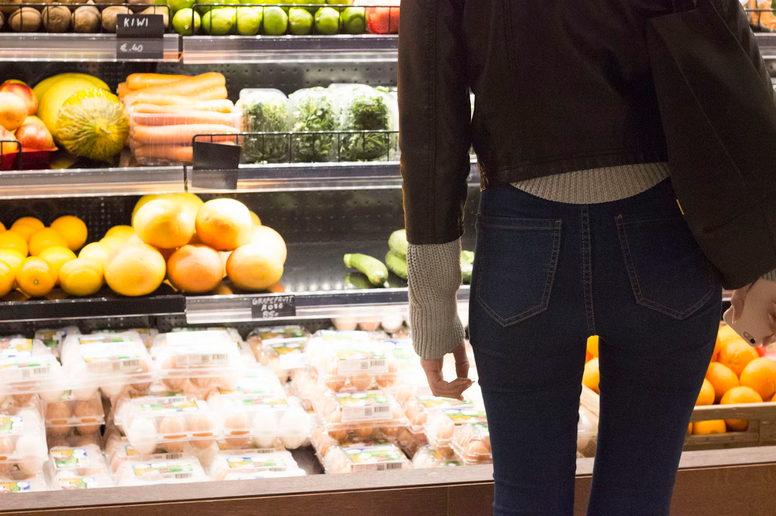Frozen food often gets a bad rap. Many people think of it as bland or unappealing, but that couldn’t be further from the truth. When frozen properly, fruits, vegetables, and meals can lock in their nutrients and flavors, making them just as delicious (and sometimes even better) as their fresh counterparts. Imagine opening your freezer to find a treasure trove of vibrant veggies, succulent meats, and ready-to-cook meals waiting for you after a long day. The convenience is undeniable. But there’s an art to storing and cooking frozen foods to maximize freshness and flavor. If done right, you’ll not only save time but also elevate your culinary game while enjoying all the health benefits that come with eating well. Let’s dive into how you can master the essentials of freezing food without sacrificing taste or quality.
The Importance of Proper Storage for Frozen Food
Proper storage of frozen food is crucial for maintaining its quality. When done right, it preserves flavor and texture, ensuring every meal tastes fresh. Temperature control plays a significant role in this process. Keeping your freezer at 0°F (-18°C) or lower prevents the growth of bacteria and slows down spoilage. Packaging matters, too. Use airtight containers or heavy-duty freezer bags to minimize exposure to air, which can lead to freezer burn. Labeling items with dates helps you keep track of freshness. Avoid overloading your freezer; airflow around packages is essential for even cooling. Organizing food into categories makes it easier to find what you need while helping maintain optimal temperatures throughout the unit. Understanding these storage principles can elevate your culinary experience by keeping frozen ingredients vibrant and flavorful when you’re ready to cook them.
Tips for Storing Frozen Food in the Freezer

To keep your frozen food fresh, start by using airtight containers. This prevents freezer burn and preserves the flavor. Vacuum-sealing bags are an excellent choice for long-term storage. Label everything with the date you froze it. This simple step helps you track freshness and avoid forgotten items lurking in the back of your freezer. Organize your freezer effectively. Place older items at the front so they get used first, while newer ones go to the back. A well-organized space not only saves time but also reduces waste. Don’t overload your freezer; give air circulation room to work its magic. Ideally, a full but not packed freezer operates efficiently and keeps temperatures stable. Maintain a consistent temperature of 0°F (-18°C). Regularly check your appliance’s settings to ensure optimal conditions for preserving that delicious taste you crave!
Cooking Methods for Different Types of Frozen Food
Cooking frozen food can be simple and delicious, but the method you choose matters. Steaming or sautéing frozen vegetables often preserves their color and nutrients. A quick stir-fry with a little olive oil brings out vibrant flavors. When it comes to frozen meat, grilling or baking is ideal. Thaw first for even cooking, then marinate if desired to enhance taste. This approach locks in moisture while achieving that perfect sear. Frozen seafood benefits from gentle methods like poaching or broiling. These techniques help maintain texture without drying them out. For convenience foods like pizza or burritos, an oven is best for crispy results. A microwave works, too. Just remember to let them rest before digging in. Experimenting with these methods allows you to discover new favorite dishes right from your freezer.
When it comes to enjoying frozen foods, the key is to make them part of your routine without sacrificing quality or taste. Start by exploring a variety of options available in your local grocery store. From vegetables and fruits to meats and ready-made meals, there’s something for everyone. Incorporating more frozen foods into your diet can be both convenient and nutritious. Consider meal prepping with frozen ingredients during the weekends for quick weeknight dinners. You can easily toss together a stir-fry using frozen veggies or throw some pre-cooked chicken onto a salad for added protein. Experimenting with different cooking methods can enhance flavors, too.…



 The first consideration you should make is the quality of the product. When ordering online, it is difficult to know what you will be getting unless there are reviews or photos on the site. It also may not be easy for people who do not live in an area where marijuana use is legal to get top-quality products locally either.
The first consideration you should make is the quality of the product. When ordering online, it is difficult to know what you will be getting unless there are reviews or photos on the site. It also may not be easy for people who do not live in an area where marijuana use is legal to get top-quality products locally either. It is vital to consider the prices of products being sold by an online marijuana store. The price should be reasonable and affordable to avoid spending too much money on a product that may not even work for you. Compare different suppliers before making a purchase decision, as this can help save money in the long run.
It is vital to consider the prices of products being sold by an online marijuana store. The price should be reasonable and affordable to avoid spending too much money on a product that may not even work for you. Compare different suppliers before making a purchase decision, as this can help save money in the long run.